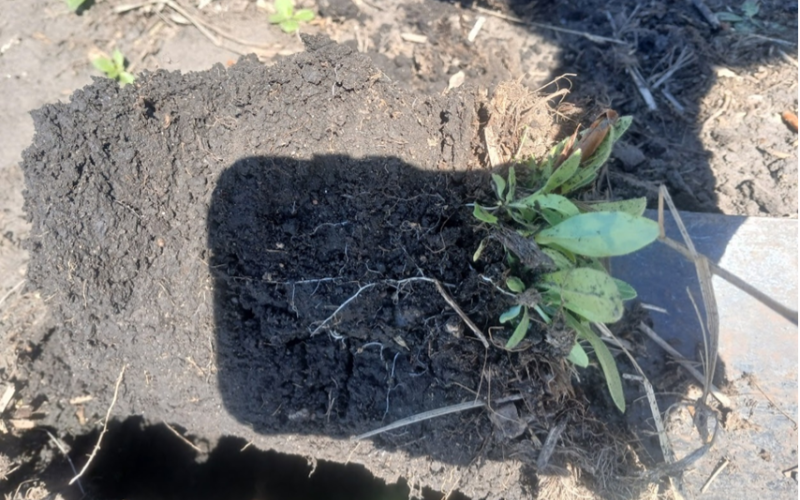Written by Rhoda Burrows, former Professor & SDSU Extension Horticulture Specialist.
Not all soils are conducive to growing quality grapes, so prospective vineyard sites should be tested before a decision is made to plant grapes. Tests can identify soils that are either too high in pH, salts, or salinity, or that are “too rich” (too high in organic matter and nitrogen) for grapes. In addition, testing before planting allows for the incorporation of nutrients—such as phosphorus—that do not move easily through the soil to plant roots.
Each soil sample should represent a uniform area. If vegetation or slope across a site varies dramatically, sample the different areas separately. Also, take separate samples of areas that have had different cropping history (for example, pastures vs. fields). When looking at larger properties, a good starting point is to use the Web Soil Survey to view soil type maps of your area. Find the survey at http://websoilsurvey.nrcs.usda.gov/app/ or check with your local NRCS office.
Your regional SDSU Extension office or your local NRCS office can help you get started with testing.


